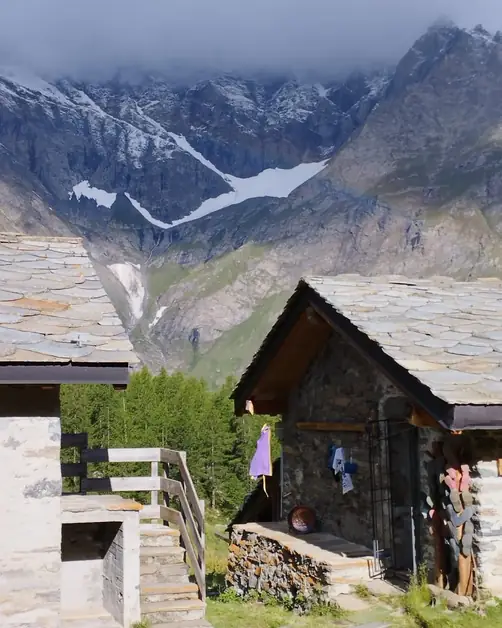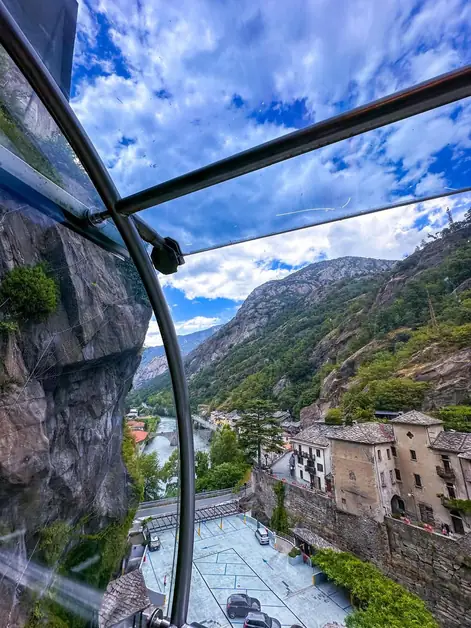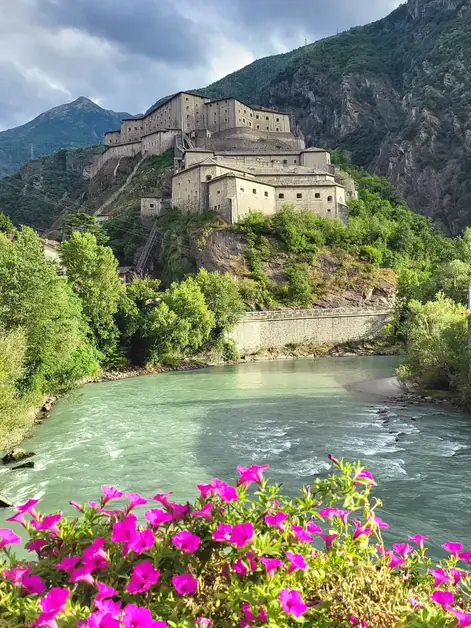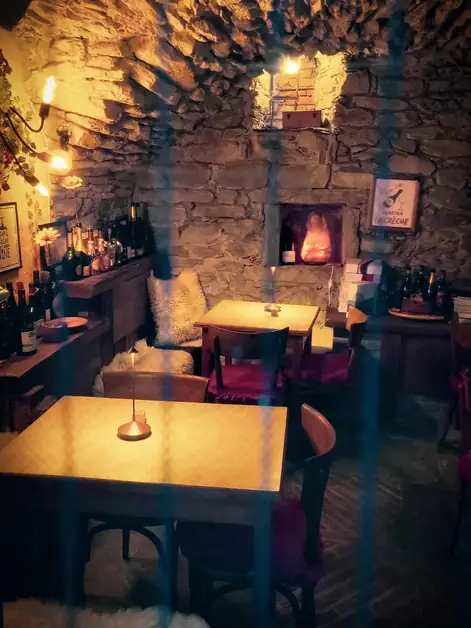Discover the Marmot Refuge in Gran Paradiso
The Marmot Refuge is located in the Gran Paradiso National Park and is easily accessible from Rhêmes-Notre-Dame.

Where is the Marmot Refuge located?
The Marmot Refuge is located in the Entrelor valley, in the heart of the Gran Paradiso National Park, about 45 minutes walk from Rhêmes-Notre-Dame. It is situated along the Alta Via n°2, on the route that ascends towards the Colle d’Entrelor. The location is panoramic, immersed in a natural basin where it is easy to encounter marmots and other typical species of the Aosta Valley mountains.
How to reach the Marmot Refuge from Rhêmes-Notre-Dame?
From the town of Rhêmes-Notre-Dame, follow the Alta Via n°2 towards Colle di Entrelor. Cross the bridge over the Dora di Rhêmes, skirt the Visitor Center of the Gran Paradiso Park, and take the path leading to the Pré du Bois pasture. After passing the pasture, you enter a dense coniferous forest. The path gains altitude, exits the forest near a wooden cross, and continues towards a long plateau. From here, you reach the Entrelor pasture, where the refuge stands at an altitude of 2,142 meters.
How to get to the Marmot Refuge from Chaudanne (Rhêmes)?
From the village of Chaudanne, follow the signpost 10A, always on the Alta Via n°2 towards Colle di Entrelor. After the last houses and the underground parking of Broillaz, turn right and take the path into the forest. After about 15 minutes, you arrive at a fork near a small stream, the Grand Ru canal. Here you encounter the path that starts from Rhêmes-Notre-Dame towards the waterfall. Continue and encounter a second fork: keep to the right, following the same itinerary that leads to the Entrelor valley and the refuge.
What is the itinerary from the Eaux Rousses side (Valsavarenche)?
From the Eaux Rousses side, take the signpost 8C, Alta Via n°2, towards Colle di Entrelor. The route begins in a larch forest and climbs to the plateau of the former royal hunting lodge of Orvieille, at an altitude of 2,165 meters. Continue left, crossing pastures and passing two crosses placed on two distinct hills. You then reach the Djouan lakes at an altitude of 2,516 and, climbing further, the Lago Nero at 2,666 meters. The last stretch leads to the Colle di Entrelor (3,002 m). From here, the descent is initially steep, with metal steps in some places. After the old pasture of Pian de Feje, you reach the plateau of the Alpage Entrelor and finally the refuge.
What services does the Marmot Refuge offer?
The Marmot Refuge offers a restaurant reserved for guests who stay overnight. It has a panoramic garden where you can relax and admire the landscape. The environments are simple but welcoming, perfect for those seeking a mountain stay in an authentic context.
What are the prices at the Marmot Refuge?
The prices are valid from December 1, 2024, to November 30, 2025:
Quadruple room: from €80.00 to €120.00
Supplement for an additional bed for children under 15: from €8.00 to €15.00
Half board with bathroom (price per person): from €40.00 to €60.00
Full board with bathroom (price per person): from €50.00 to €70.00
Breakfast (price per person): from €4.00 to €7.00
How to get to Rhêmes-Notre-Dame by car?
To reach Rhêmes-Notre-Dame by car, take the Aosta Ovest – Aymavilles motorway exit. At the exit, continue towards Aosta until the traffic light, then turn left onto the SS26 towards Mont Blanc. Pass in front of the Sarre castle and cross the village of Saint-Pierre. Continue until Villeneuve, where you take the fork for Introd – Rhêmes – Valsavarenche. After passing Introd, at the next fork turn left towards Rhêmes and continue for about 5 km until Rhêmes-Saint-Georges. From here, continue along the main road to the capital of Rhêmes-Notre-Dame.
Why choose the Marmot Refuge for an excursion?
The Marmot Refuge is immersed in one of the most spectacular areas of the Gran Paradiso Park. The Entrelor valley is known for its rich alpine fauna and unspoiled views. It is an ideal stop for those walking the Alta Via n°2 or for those wishing for a day hike in a unique natural setting. The very name of the refuge suggests that the marmots are the true protagonists of this area, visible along the trails in the summer months.




